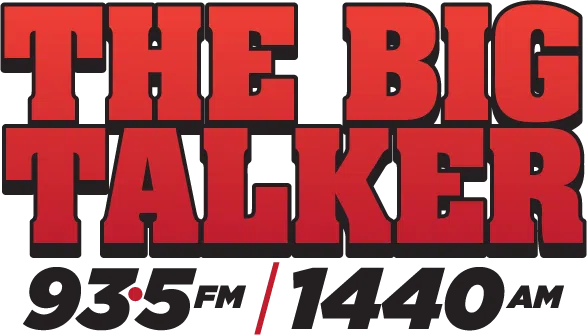TOPEKA (KSNT) – Federal dollars are set to be used to assess some blighted properties in the Topeka area, including two old schools and a former mall property.
The Environmental Protection Agency announced on Sept. 25 that $2.5 million in grant cash is now earmarked for use in the Sunflower State. The majority of this money, $2 million, is for use by the Kansas Department of Health and Environment while the remaining $500,000 will go towards the City of Topeka.
The funding comes from the EPA’s Brownfields Program. Brownfields Assessment Grants, such as those awarded to the KDHE and city, are used to clean up and reuse contaminated and blighted properties.
“We are honored to present funds for Brownfields Assessment Grants to Kansas Department of Health and Environment and the city of Topeka, highlighting their commitment to transforming communities across the Heartland,” EPA Region 7 Administrator Jim Macy said. “This investment underscores the resilience and innovative spirit of the region, where brownfield sites are being revitalized into thriving centers of economic and social activity.”
Kansas attorney general SNAP lawsuit dismissed
Grant funds will be used to conduct environmental site assessments in Topeka of existing brownfields sites. The target areas in Topeka consist of the former White Lakes Mall property, the historic former Van Buren School at 1601 Southwest Van Buren Street and historic East Topeka Junior High School at 1210 Southeast Eighth Avenue.
“I am excited to utilize grant dollars to revitalize areas in Topeka,” Topeka Mayor Mike Padilla said. “It is great to be able to work with different organizations to reinvest in Topeka to create clean new areas for growth.”
EPA spokesman Jonathan Klusmeyer told 27 news the grant funds in Topeka will be used to conduct Phase I and Phase II environmental site assessments at the school and mall properties. The funds given to the KDHE will be used to conduct 116 of these assessments across the state and support the development of cleanup plans at a variety of locations.
The Phase I assessment involves informing the community about current property conditions by examining current and historical uses of the site along with potential threats to human health or environment, according to the EPA. A Phase II assessment follows the Phase I assessment if that first test shows the area has potential contamination issues.
The Brownfields Program got started in 1995 and has distributed almost $2.9 billion in grants to assess and clean up contaminated areas and make blighted properties available for reuse. You can learn more about the Brownfields Program on the EPA’s website by clicking here.
‘Such an interesting story’: Trump moves to declassify Amelia Earhart documents
For more local news, click here. Keep up with the latest breaking news in northeast Kansas by downloading our mobile app and by signing up for our news email alerts. Sign up for our Storm Track Weather app by clicking here.
Follow Matthew Self on X (Twitter): https://twitter.com/MatthewLeoSelf




